Tarek Merlin launches architecture film series promoting design and accessibility
Architect Tarek Merlin is launching a new film series, Behind Closed Doors, focusing on buildings and interiors in London that are lesser known or not open to everyone, from offices to bars and industrial spaces, celebrating diversity, architecture for all, design and accessibility

Tarek Merlin, architect and co-founder of Peckham-based studio Feix&Merlin, feels ‘there is a problem with how architecture and design is being represented in the media right now.' While our attitudes to content consumption are changing, there is still little offering for the discerning viewer who wants something interesting and informative, but at the same time snappy and open, addressing design and accessibility. ‘If you have ever watched how kids view media content you will know what its like,' he explains. ‘It’s all YouTube, double tapping forwards through content, and TikTok swiping at unimaginable speed through three second video clips. It’s all about individual control and speed.' Diversity in architecture is another issue to be addressed, according to the architect.
His response? Merlin has launched a new architecture film series and a video channel, guiding viewers into lesser known interiors and buildings that most of us don't often get the chance to go into. He partnered up with filmmakers Fairholme Films and DGTL Concepts to bring his concept into life in a new YouTube channel, called Behind Closed Doors. Here, we caught up with him to find out more about his new project with moving image on design and accessibility.
W*: Introduce us to Behind Closed Doors. What is it about?
Tarek Merlin: Behind Closed Doors is a new video channel – a series of short films, getting into buildings you can’t normally get into. We will be taking a look inside some of the most exciting private buildings in London, gaining special access and seeing what we find hidden behind closed doors.
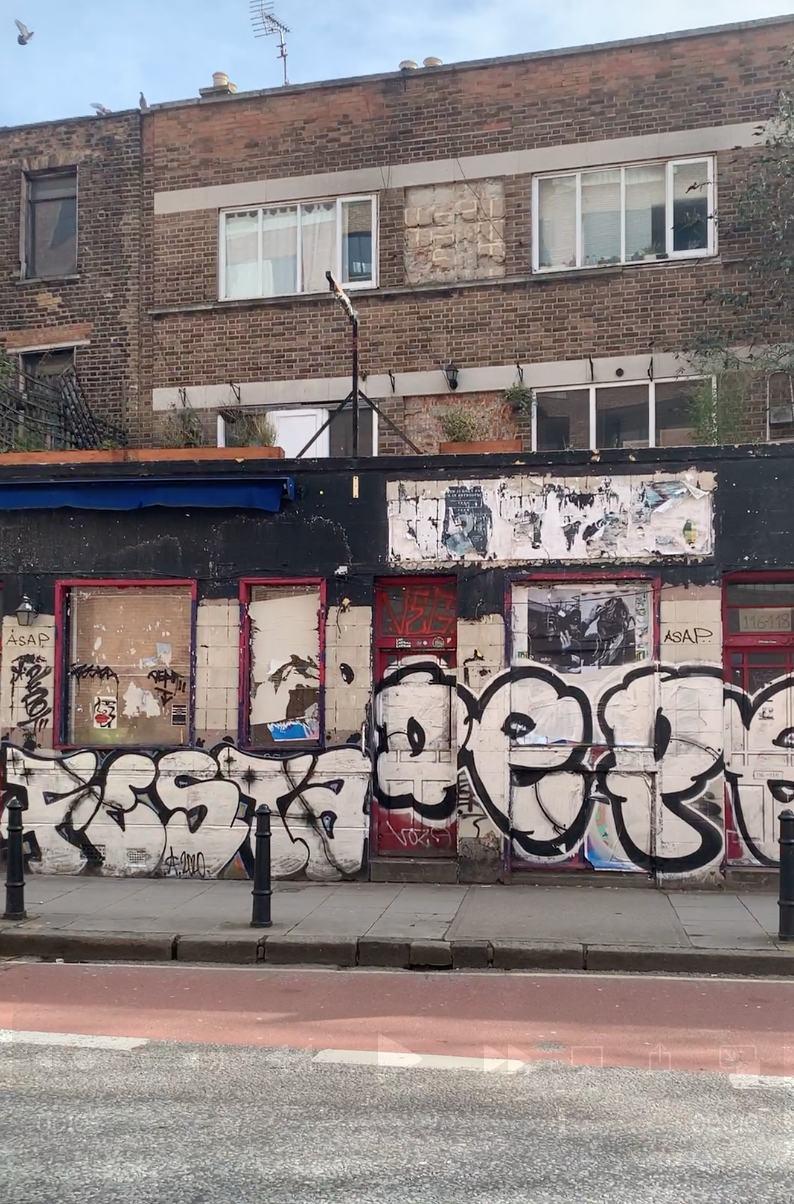
Joiners’ Arms, Hackney.
W*: What prompted you to create the series?
TM: There is a problem with how architecture and design is being represented in the media right now. At one end of the spectrum there are those design programmes and makeover shows which can be a little prescriptive, with ‘story arcs’ and ‘journeys’ and ‘design challenges’. At the other end of the spectrum, its BBC Four documentaries with long-winded intellectual commentaries, using complicated archi-babble and industry jargon, which can end up feeling somehow impenetrable. And nothing really in the middle. Something simple and straightforward, fast and accessible.
We want to do something that can sit in the space in-between current design programmes; something that still seeks to talk about architecture in a meaningful and informative way, but also in an accessible, inclusive and straightforward way. There is a definitive shift in the way we absorb media content, both now and in our future.
Our films will be short form, no longer than 6/8 minutes, can be found on YouTube and also feature on social channels like TikTok and Insta, in micro-form 30 to 60 second clips, or less! We want to change the way people think about architects and architecture, and help in the efforts to diversify the profession. We want to show lots of different types of buildings, community led to developer led, at different scales and sizes. And most importantly we want to spotlight the work of lots of different kinds of architects, featuring work from black led practices, LGBT+ and female led practices and architects with disabilities, to celebrate the diversity in the profession. I think representation is a really powerful way to engage and show by example that there is a space for you in the profession.
W*: I know you are already working on a number of episodes. What sort of buildings are you planning to feature?
TM: So far we’ve featured The Light Bar, an old Victorian Power station in Shoreditch that I, like many, frequented when it was a bar in the 2000s. It was threatened with demolition but saved by community action. Closed for almost a decade, it has been refurbished by the new owners and has now finally reoponed. We’ve just finished filming The Bottle Factory, an old bottling warehouse in SE1, which also fell into disrepair over the years but has been brought back to life as a creative workspace by developers Fabrix.
In the pipeline is the site of the old Joiners Arms, an iconic LGBT venue in Shoreditch. It was also threatened with demolition, but saved by community action, and it will be making a comeback as part of the development with BGY Architects and Regal London. Interestingly, the requirement of including the LGBT venue in the scheme was a condition of the planning approval which we think might be the first of its kind. No1 Poultry is in the pipeline as well as some other well-known and iconic pieces of architecture, all with very surprising spaces hidden inside. Hopefully that illustrates its going to be a mix of some high-end completed projects, some more community led projects and some projects that haven’t even been built yet!
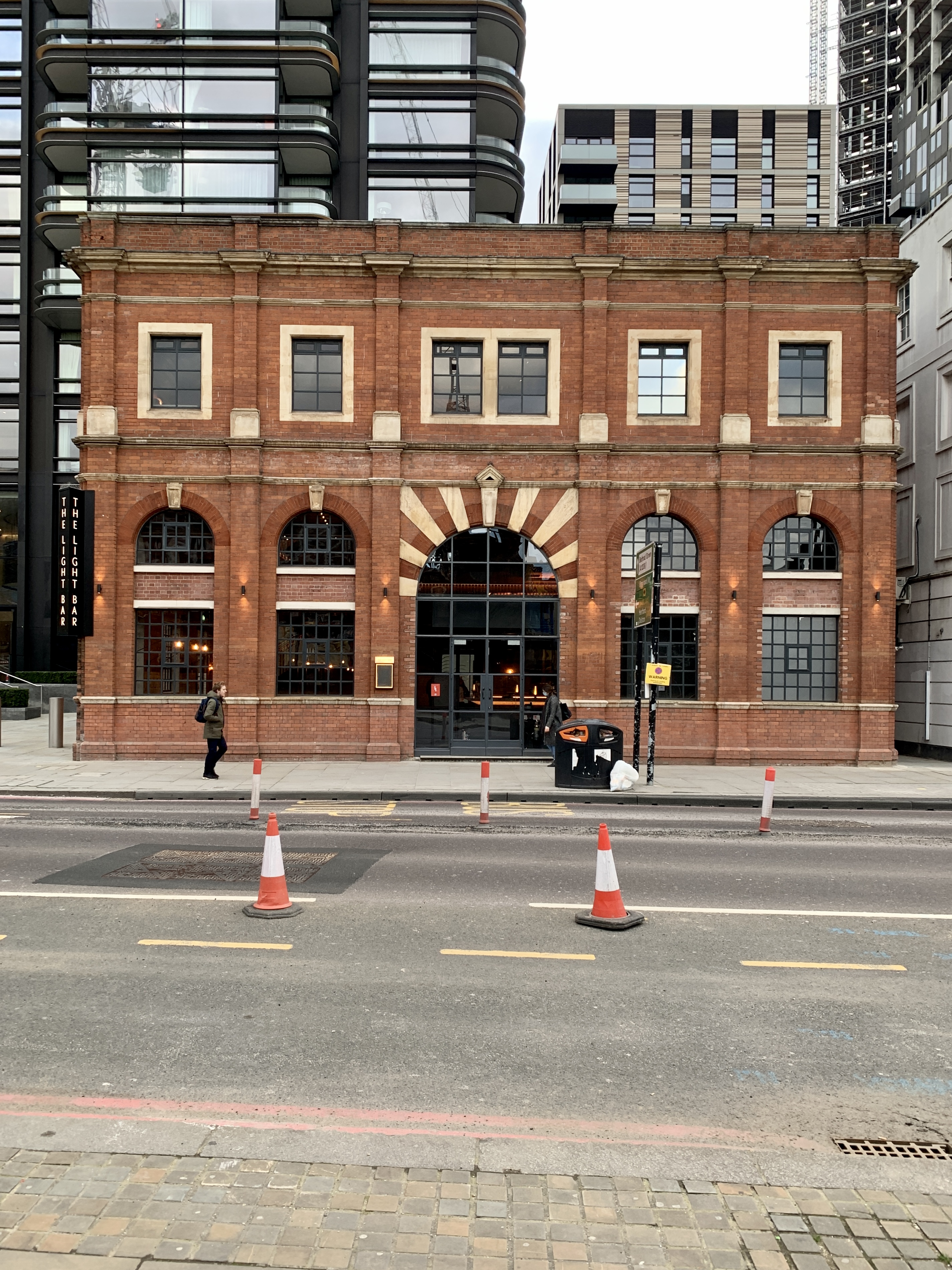
Light Bar, Shoreditch.
W*: What makes this series different to other architecture shows?
TM: Hopefully everything! This isn’t just an architecture show. It’s much more about getting the idea of going into hidden spaces places that are usually private or reserved for privileged access. We will be hearing about the story behind them and understand what the future holds and we will just be talking about the basic elements of design; materials, texture, light and colour but in a fresh and simple way. We’re not going to be talking about architectural theory and no boring facts. Just the simple straightforward joyful stuff!
W*: What would be a dream list of buildings to include in the future?
TM: I’d love to do a big disused airport for example or a huge industrial space. Nothing is off the table. The overall idea is that we are getting into private spaces so I’m imagining that some of the buildings we’ll find we won’t know about yet - if anyone out there wants us to come and feature your space, let us know! I actually canvassed opinion online and a surprisingly high number of people want me to break into the Houses of Parliament, and the MI5 building. I think some of them are actually trying to get me into trouble.
W*: What attracts you to a building, in the context of this show?
TM: All the buildings we’re featuring are different but they all share something in common I think. Great architecture, expressed in the simplest of ways, celebrating the diversity in the profession, and hopefully inspiring people who may not have even thought about architecture before.
Receive our daily digest of inspiration, escapism and design stories from around the world direct to your inbox.
INFORMATION
Ellie Stathaki is the Architecture & Environment Director at Wallpaper*. She trained as an architect at the Aristotle University of Thessaloniki in Greece and studied architectural history at the Bartlett in London. Now an established journalist, she has been a member of the Wallpaper* team since 2006, visiting buildings across the globe and interviewing leading architects such as Tadao Ando and Rem Koolhaas. Ellie has also taken part in judging panels, moderated events, curated shows and contributed in books, such as The Contemporary House (Thames & Hudson, 2018), Glenn Sestig Architecture Diary (2020) and House London (2022).
-
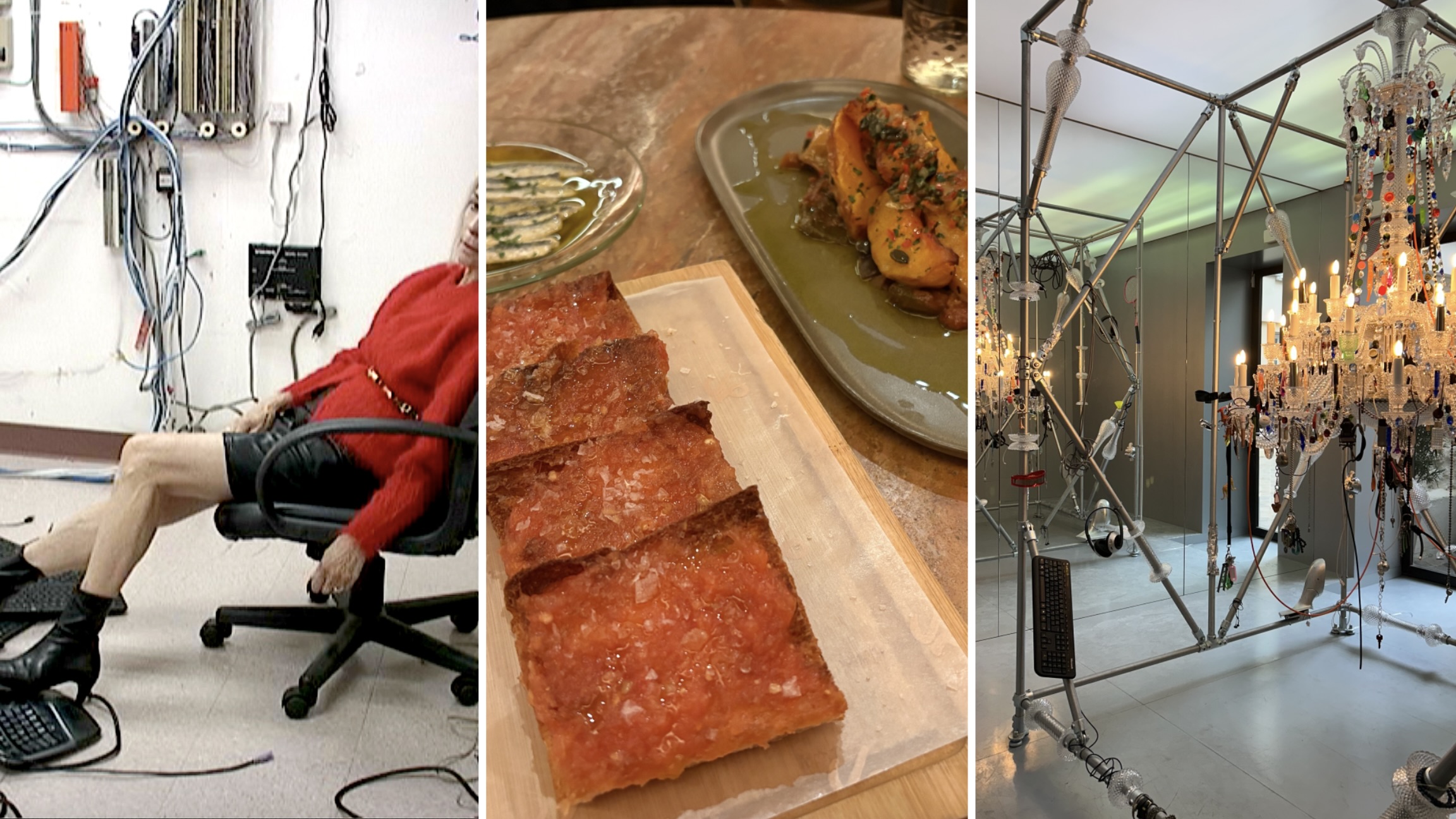 Out of office: The Wallpaper* editors’ picks of the week
Out of office: The Wallpaper* editors’ picks of the weekThis week, the design year got underway with Paris’ interiors and furniture fair. Elsewhere, the Wallpaper* editors marked the start of 2026 with good food and better music
-
 Structure meets scent in Clive Christian’s new London flagship by Harry Nuriev
Structure meets scent in Clive Christian’s new London flagship by Harry NurievWhat does architecture smell like? The British perfume house’s Inox fragrance captures the essence of its new Bond Street store
-
 A quartet of sleek new travel trailers accelerate the caravan’s cultural rehabilitation
A quartet of sleek new travel trailers accelerate the caravan’s cultural rehabilitationAirstream, Evotrex, AC Future and Honda put forward their visions for off-grid living and lightweight RV design
-
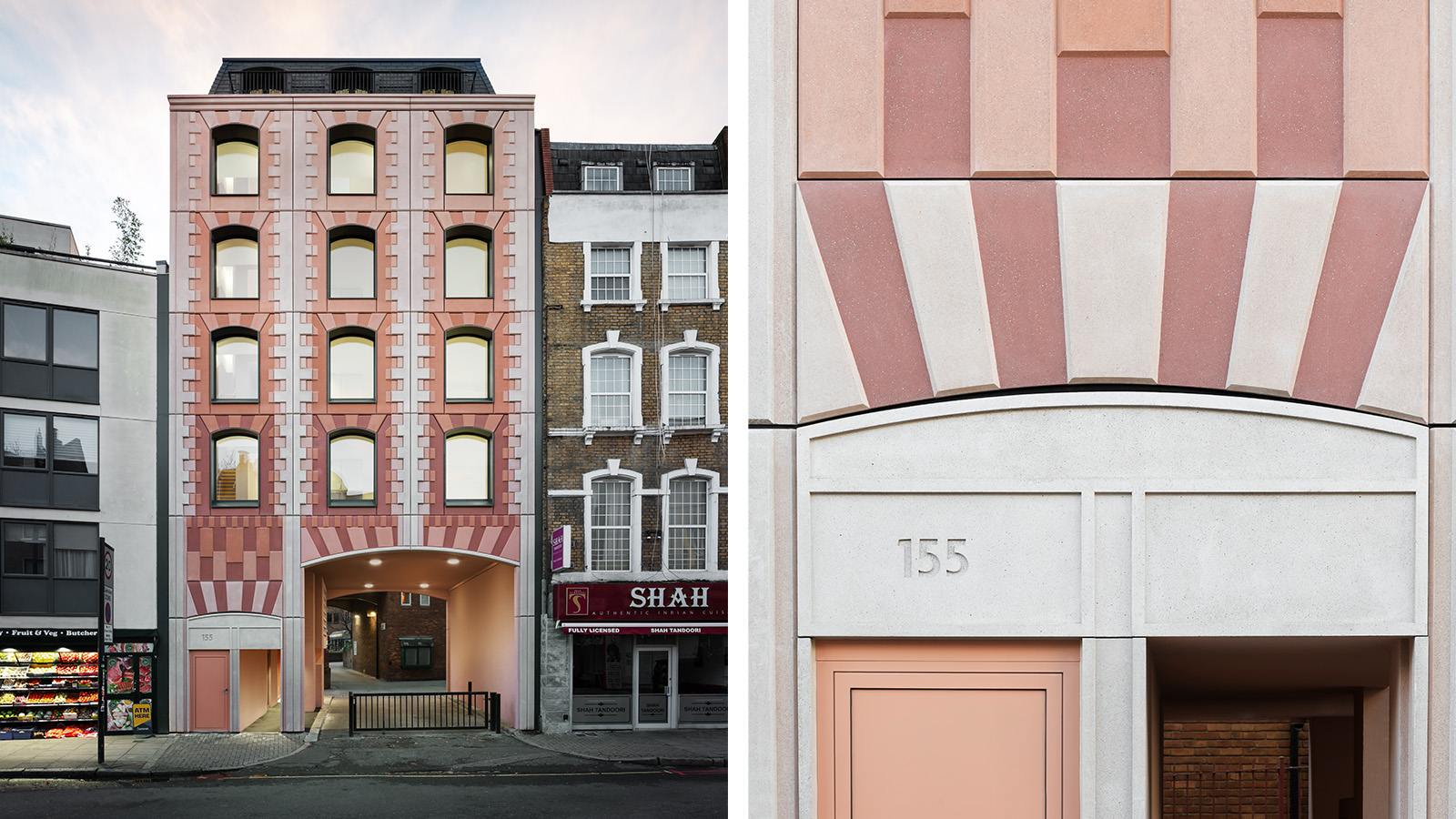 Is this reimagined 1980s brick building the answer to future living?
Is this reimagined 1980s brick building the answer to future living?Architects Bureau de Change revamped this Euston building by reusing and reimagining materials harvested from the original – an example of a low-carbon retrofit, integrated into the urban context
-
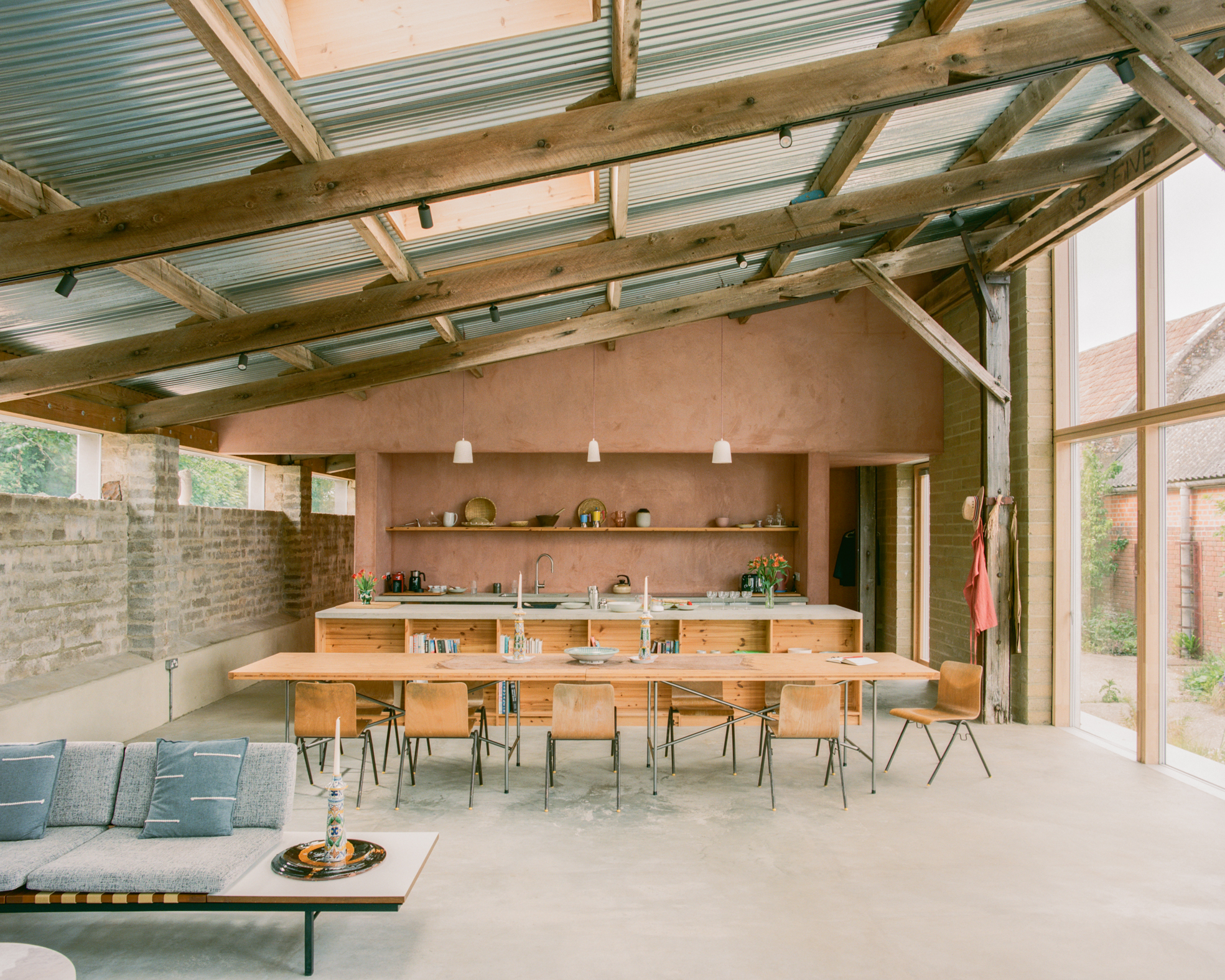 Wallpaper* Architect Of The Year 2026: Je Ahn of Studio Weave on a building that made him smile
Wallpaper* Architect Of The Year 2026: Je Ahn of Studio Weave on a building that made him smileWe ask our three Architects of the Year at the 2026 Wallpaper* Design Awards about a building that made them smile. Here, Je Ahn of Studio Weave discusses Can Lis in Mallorca
-
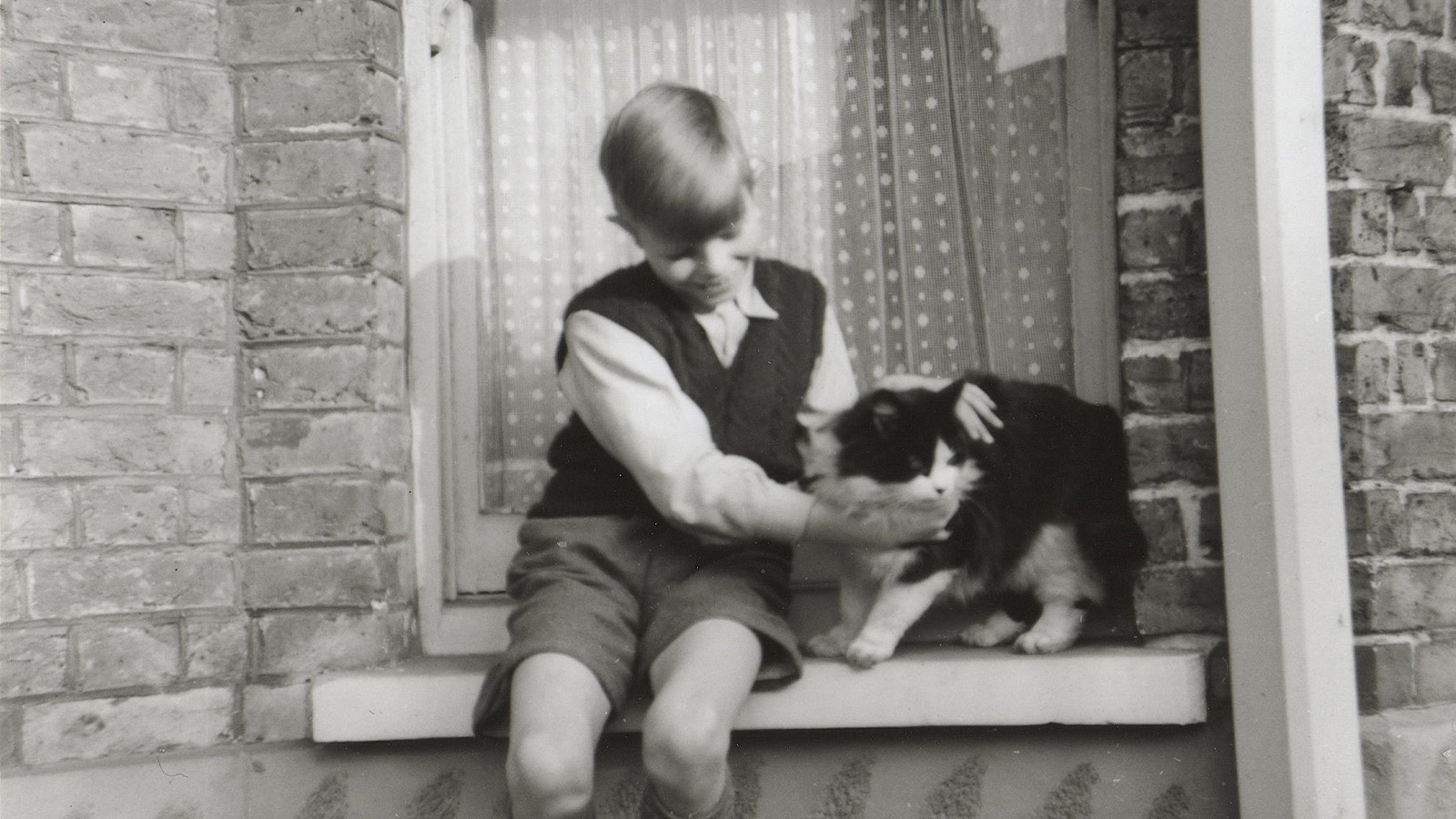 You can soon step inside David Bowie’s childhood home
You can soon step inside David Bowie’s childhood homeBy 2027, Bowie’s childhood home will be restored to its original 1960s appearance, including the musician’s bedroom, the launchpad for his long career
-
 Welcome to The Float House, proof that life on London’s canals can be warm and elegant
Welcome to The Float House, proof that life on London’s canals can be warm and elegantMoored on London’s Grand Union Canal, The Float House, designed by TiggColl Architects, reimagines what a houseboat can be
-
 Wallpaper* Design Awards: this rammed-earth house in Wiltshire is an eco exemplar
Wallpaper* Design Awards: this rammed-earth house in Wiltshire is an eco exemplarTuckey Design Studio’s rammed-earth house in the UK's Wiltshire countryside stands out for its forward-thinking, sustainable building methods – which earned it a place in our trio of Best Use of Material winners at the 2026 Wallpaper* Design Awards
-
 Fulham FC’s new Riverside Stand by Populous reshapes the match-day experience and beyond
Fulham FC’s new Riverside Stand by Populous reshapes the match-day experience and beyondPopulous has transformed Fulham FC’s image with a glamorous new stand, part of its mission to create the next generation of entertainment architecture, from London to Rome and Riyadh
-
 This modern Clapham house is nestled indulgently in its garden
This modern Clapham house is nestled indulgently in its gardenA Clapham house keeps a low profile in south London, at once merging with its environment and making a bold, modern statement; we revisit a story from the Wallpaper* archives
-
 Step inside this perfectly pitched stone cottage in the Scottish Highlands
Step inside this perfectly pitched stone cottage in the Scottish HighlandsA stone cottage transformed by award-winning Glasgow-based practice Loader Monteith reimagines an old dwelling near Inverness into a cosy contemporary home